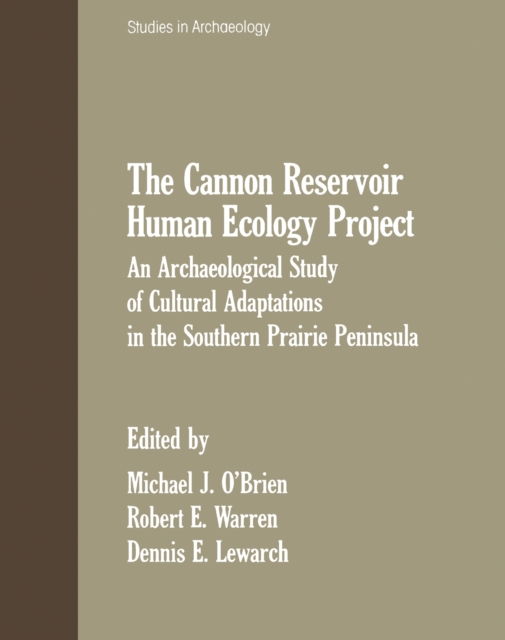
The Cannon Reservoir Human Ecology Project : An Archaeological Study of Cultural Adaptations in the Southern Prairie Peninsula PDF
Edited by Michael J. O'Brien, Robert E. Warren, Dennis E. Lewarch
Description
The Cannon Reservoir Human Ecology Project: An Archaeological Study of Cultural Adaptations in the Southern Prairie Peninsula provides an overview of the Cannon Reservoir Human Ecology Project, formed in May 1977 as an interdisciplinary, regional archaeology program to investigate human adaptations on the southern fringes of the mid-continental Prairie Peninsula.
The research centered on the area of northeastern Missouri in and around the site of the proposed Clarence Cannon Dam and Reservoir.
The book demonstrates how objectives and goals have been integrated with various methods and techniques to generate and analyze a vast amount of data in a regional archaeological project. Comprised of 18 chapters, this book first defines the objectives and goals of the project, describes the project area, and discusses the research design.
A brief history of archaeological work in the region is also presented.
The next section assesses the environment and implications for human settlement in the area, citing various physical and cultural changes that occurred during the Holocene and presenting developmental models of prehistoric and historical settlement systems.
Subsequent chapters explore the chronology of the project area; analysis of lithic artifacts and vertebrate and archaeobotanical remains; prehistoric community patterns; and prehistoric and historic settlement patterns. This monograph will appeal to students, specialists, and researchers in the fields of archaeology and anthropology.
Information
-
Download - Immediately Available
- Format:PDF
- Pages:454 pages
- Publisher:Elsevier Science
- Publication Date:10/05/2014
- Category:
- ISBN:9781483269757
Information
-
Download - Immediately Available
- Format:PDF
- Pages:454 pages
- Publisher:Elsevier Science
- Publication Date:10/05/2014
- Category:
- ISBN:9781483269757






